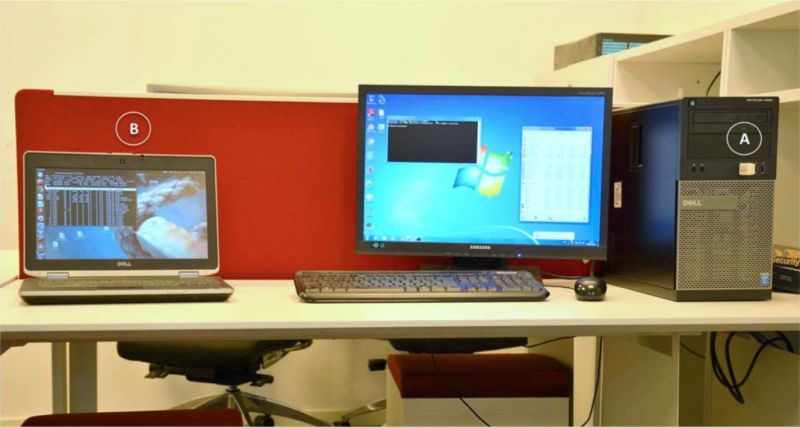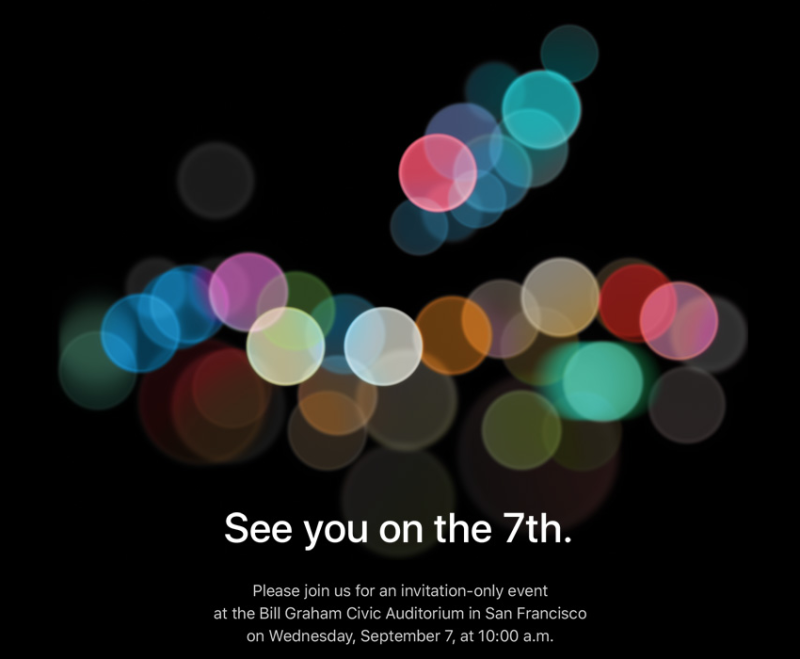Technique works on virtually all USB drives with no modifications necessary.

Google Cast is the protocol that lets you stream internet media to a TV or speaker plugged into a Chromecast. You can use Google Cast with Android or iOS phones or tablets. And you can also use it with the Chrome web browser: just find an online video you want to stream, for instance, and hit an icon to send it to your TV.
Up until recently you’ve needed to install a Google Cast extension for Chrome to use the feature in a web browser.
Continue reading Google Cast for Chrome browser doesn’t require an extensino anymore at Liliputing.


Google Cast is the protocol that lets you stream internet media to a TV or speaker plugged into a Chromecast. You can use Google Cast with Android or iOS phones or tablets. And you can also use it with the Chrome web browser: just find an online video you want to stream, for instance, and hit an icon to send it to your TV.
Up until recently you’ve needed to install a Google Cast extension for Chrome to use the feature in a web browser.
Continue reading Google Cast for Chrome browser doesn’t require an extensino anymore at Liliputing.

Facebook makes its Trending feature fully automated, with mixed results.
Woman used a .410 shotgun against trespassing aircraft thought to be paparazzi.

The Lenovo ThinkPad Yoga 12 is a convertible notebook with a 12.5 inch touchscreen display and a 360 degree hinge that allows the screen to fold back so you can hold the computer like a tablet. As a ThinkPad, it also has Lenovo’s Trackpoint system with a pointing stick in the center of the keyboard.
Introduced in 2015, the laptop isn’t currently offered by Lenovo anymore. But Woot is selling a pretty impressively-specced model for close to half the list price at the moment.
Continue reading Deals of the Day (8-29-2016) at Liliputing.


The Lenovo ThinkPad Yoga 12 is a convertible notebook with a 12.5 inch touchscreen display and a 360 degree hinge that allows the screen to fold back so you can hold the computer like a tablet. As a ThinkPad, it also has Lenovo’s Trackpoint system with a pointing stick in the center of the keyboard.
Introduced in 2015, the laptop isn’t currently offered by Lenovo anymore. But Woot is selling a pretty impressively-specced model for close to half the list price at the moment.
Continue reading Deals of the Day (8-29-2016) at Liliputing.


The $400 ZTE Axon 7 smartphone offers a lot of bang for your buck, including a Qualcomm Snapdragon 820 processor, 4GB of RAM, 64GB of storage, and a 5.5 inch, 2560 x 1440 pixel display.
But what if you’re looking for something a little smaller? Then there’s the ZTE Axon 7 Mini… which is a little smaller, and generally less impressive.
ZTE hasn’t brought the new Axon 7 mini to the US yet, but Roland Quandt noticed that the phone is now available in Germany.
Continue reading ZTE Axon 7 mini launches (in Germany, at least) at Liliputing.


The $400 ZTE Axon 7 smartphone offers a lot of bang for your buck, including a Qualcomm Snapdragon 820 processor, 4GB of RAM, 64GB of storage, and a 5.5 inch, 2560 x 1440 pixel display.
But what if you’re looking for something a little smaller? Then there’s the ZTE Axon 7 Mini… which is a little smaller, and generally less impressive.
ZTE hasn’t brought the new Axon 7 mini to the US yet, but Roland Quandt noticed that the phone is now available in Germany.
Continue reading ZTE Axon 7 mini launches (in Germany, at least) at Liliputing.

Cities seeking to expand broadband could still appeal judges’ decision, though.
Virtually nobody reads or understands rebuttals to scientific findings
Fitbit stellt den Nachfolger seines meistverkauften Wearables Charge HR vor: Der Fitnesstracker Charge 2 verfügt über ein größeres Display – und soll mit individuellen Atemübungen den Puls beruhigen können. Außerdem kündigt der Hersteller den Tracker Flex 2 an, der auch fürs Schwimmen geeignet ist. (Fitbit, Mobil) 

Fitbit stellt den Nachfolger seines meistverkauften Wearables Charge HR vor: Der Fitnesstracker Charge 2 verfügt über ein größeres Display - und soll mit individuellen Atemübungen den Puls beruhigen können. Außerdem kündigt der Hersteller den Tracker Flex 2 an, der auch fürs Schwimmen geeignet ist. (
Fitbit,
Mobil)

Apple’s yearly hardware and software blowout is right around the corner.







 Fitbit stellt den Nachfolger seines meistverkauften Wearables Charge HR vor: Der Fitnesstracker Charge 2 verfügt über ein größeres Display - und soll mit individuellen Atemübungen den Puls beruhigen können. Außerdem kündigt der Hersteller den Tracker Flex 2 an, der auch fürs Schwimmen geeignet ist. (
Fitbit stellt den Nachfolger seines meistverkauften Wearables Charge HR vor: Der Fitnesstracker Charge 2 verfügt über ein größeres Display - und soll mit individuellen Atemübungen den Puls beruhigen können. Außerdem kündigt der Hersteller den Tracker Flex 2 an, der auch fürs Schwimmen geeignet ist. (